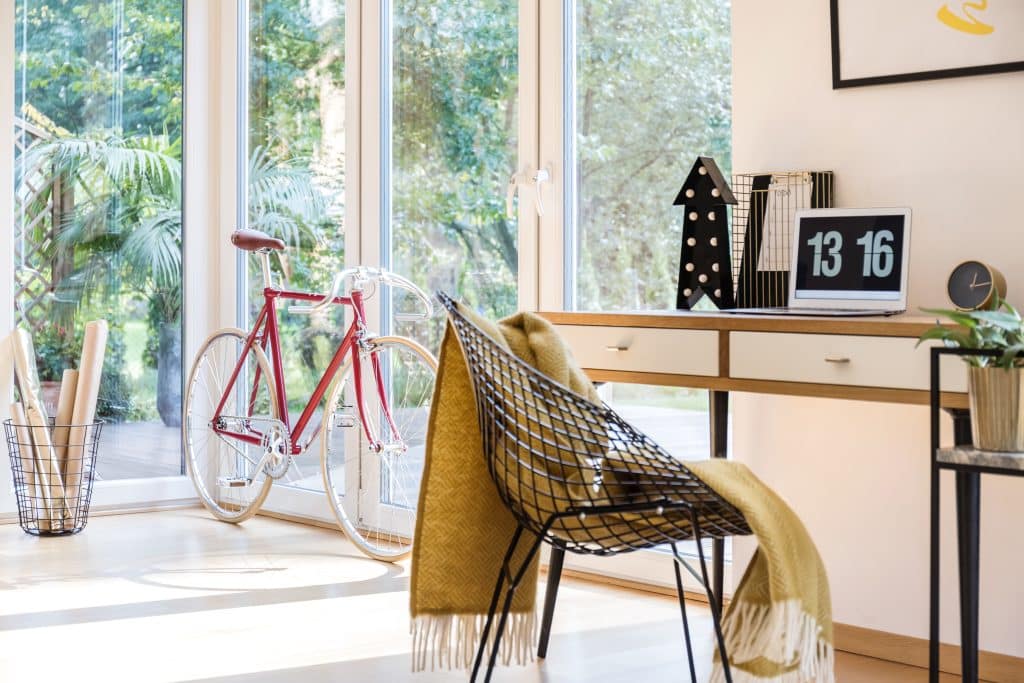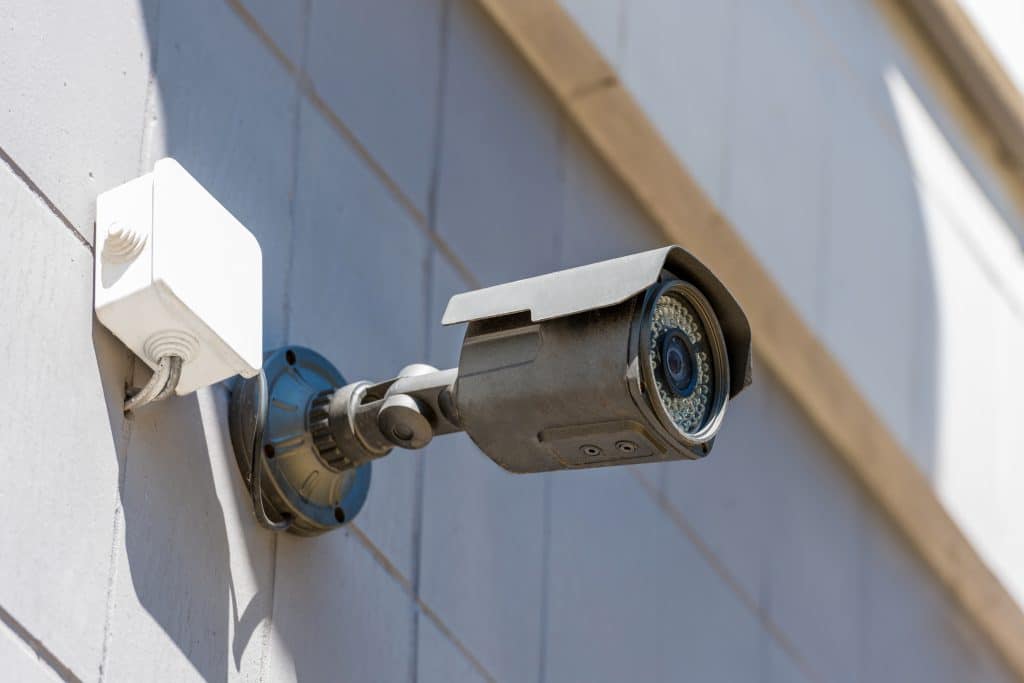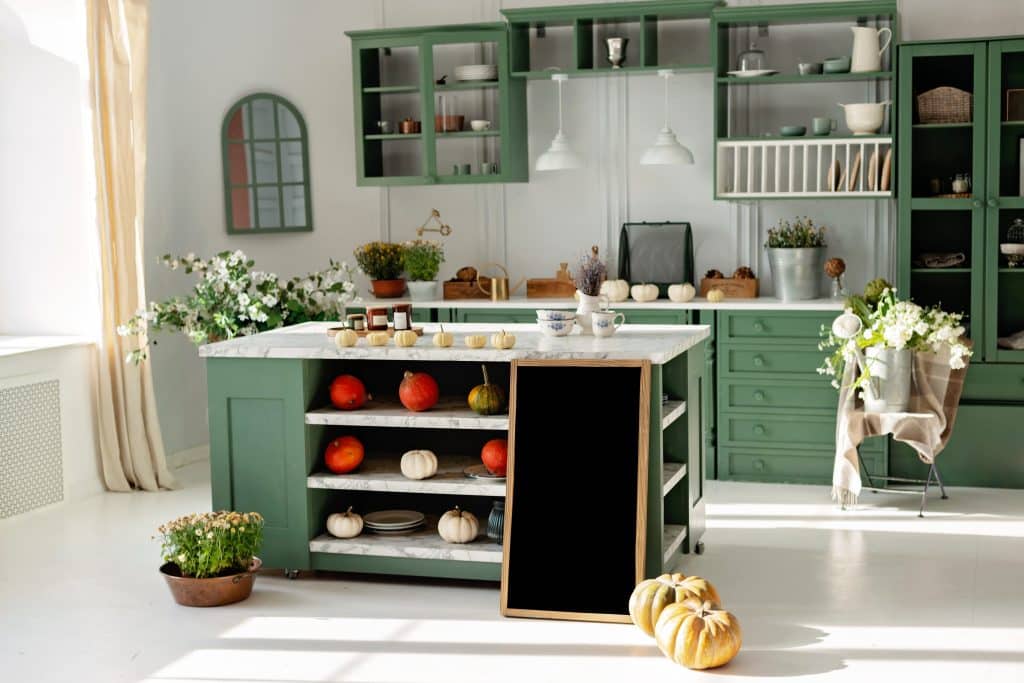Aging in place has become an increasingly popular option for seniors who wish to remain in their homes as they age. To make this possible, it’s essential to ensure that the home is set up to promote safety, accessibility, and comfort. This article will provide some tips on setting up your home for aging in place so that you or your loved one can continue to live independently for as long as possible.
Contents
How Aging In Place Can Be Difficult

Aging in place is the dream of many seniors who want to live independently and comfortably in their homes during their golden years. However, this process has unique challenges that can be difficult to overcome. Physically, homes may not be designed to accommodate older adults with mobility issues, and modifications can be expensive.
Moreover, isolation and loneliness can be common occurrences, especially for those who don’t live near family or friends. In addition, the need for proper medical care can be a significant issue for aging individuals, with doctors’ visits and medication routines becoming more frequent. These factors can make aging in place an intricate and arduous endeavor.
How To Set Up Your Home For Aging In Place
It’s no secret that aging in place can be difficult, but the proper modifications and support can make aging at home a successful endeavor. Here are some tips to help you set up your home for aging in place:
Clear the Clutter

The first step in setting up your home for aging in place is to remove any clutter that may make it difficult to navigate around the house. This includes piles of newspapers, stacks of books, and boxes of items that haven’t been used in years.
Clutter can be a safety hazard for seniors, as it can cause tripping and falling. Moving around the home can also make it challenging, which can be especially dangerous for those with mobility issues. Clearing the clutter will create a safer, more accessible environment for yourself or your loved one.
Make it Accessible

One of the biggest challenges of aging in place is ensuring that your home is easily accessible. This means making changes such as widening doorways, installing handrails in the bathroom and stairways, and adding a ramp or lift to the front entrance if necessary.
There are many ways to make your home more accessible, and it’s important to tailor these changes to your needs. For example, if you use a wheelchair, you’ll need wider doorways and ramps to make it easy to move around the home. If you have difficulty with stairs, you may need to install a stairlift or move your bedroom to the ground floor.
Improve Lighting

As you age, your eyesight deteriorates, making it more challenging to see in low-light conditions. This is why ensuring adequate lighting in every room is important, especially in areas that could be dangerous if not well-lit, such as stairways and hallways.
Consider installing brighter bulbs or adding additional lighting fixtures to your home. Consider adding nightlights in the bedroom and bathroom, which can help prevent falls if you need to get up in the middle of the night.
Install Grab Bars

Grab bars are one of the most important safety features to install in your home when aging in place. Grab bars provide extra support and can help prevent falls in areas such as the bathroom, where surfaces may be wet and slippery.
Install grab bars near the toilet and in the shower or bathtub. Make sure they are securely attached to the wall and can support your weight. Consider installing a shower seat or bench for safety and comfort.
Invest in Smart Technology

Technology has come a long way in recent years, and many smart home devices can make aging in place easier and safer. For example, voice-activated assistants such as Amazon’s Alexa or Google Assistant can control lights, adjust thermostats, and even call for help in an emergency.
Automated lighting is another helpful feature, as it can turn on and off automatically when you enter or leave a room. Motion sensors can detect falls and alert caregivers or emergency services if necessary.
Make Your Bedroom Safe

Your bedroom is where you spend a significant amount of time, so it’s important to ensure it’s safe and comfortable. Make sure your bed is the appropriate height for easy entry and exit and that there is adequate space to move around.
Consider investing in a medical alert system that can be used in an emergency. These systems typically include a wearable device that can call for help if you fall or experience a medical emergency.
Reorganize the Kitchen

The kitchen is another important area of the home to consider when aging in place. Reorganizing your kitchen can make it easier to access items and reduce the risk of accidents.
Consider installing pull-out shelves, lazy susans, and other storage solutions that make it easier to access items. Ensure frequently used items are within easy reach, and consider using a step stool to reach higher shelves.
You may also want to consider investing in appliances designed with accessibility in mind. For example, a side-by-side refrigerator may be easier to access than a top-freezer model. A wall oven with a side-opening door may be easier than a traditional oven with a sliding door.
Add Comfort

Finally, it’s important to add comfort to your home to make it pleasant. This can include comfortable seating, soft lighting, and other features that make it a welcoming and relaxing environment.
Consider adding pillows and blankets to your couch or chair, or invest in a comfortable recliner or lift chair to make relaxing and unwinding easier. Soft lighting can also help create a calming atmosphere, especially in the bedroom, where you want to promote relaxation and restful sleep.
Aging In Place Is Made Easy With These Tips!
In conclusion, aging in place is becoming an increasingly popular option for seniors who wish to remain in their homes as they age. However, setting up your home for aging requires careful planning and preparation. By following these tips and making the necessary changes to your home, you can help ensure that you or your loved one can live independently and safely for as long as possible. Remember, it’s never too early to start thinking about aging in place, and the sooner you begin making changes, the more prepared you’ll be for the future.



